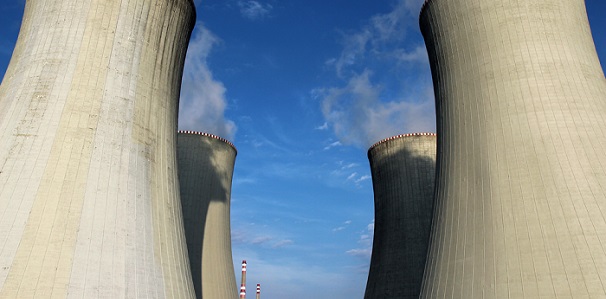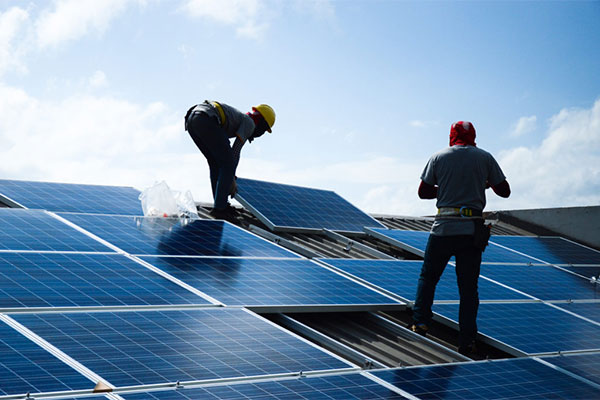Solar energy had a good year over nuclear power and other sources of energy production in 2013; accounting for more than one-third of global renewable power.
The Renewables Global Status Report GSR states that new installations increased by 32% (39MW) during 2013 totalling 139GW of installed capacity (read more on this report).
So there may be no surprise that other sources of energy production are dwindling and being replaced by solar photovoltaic technology. A good example is nuclear power which has in the past decade become less and less cost effective–when compared to photovoltaic technology.
Wind, solar and other renewables, excluding hydropower, accounted for 8.5 percent of total global electric power generation in 2013, up from 7.8 percent in 2012. In 2012, 45GW of wind and 32GW of solar power were installed worldwide, compared with a net addition of just 1.2GW of nuclear.
2013 was a bad year for nuclear power in the United States as five reactors were permanently shut down bringing the total number of operating units to less than 100 for the first time in two decades. Many owners cancelled about nine upgrades of dilapidating reactors, because the benefits didn’t justify the expenditure. Plans to build new and upgraded reactors–nine in number were scrapped in 2013, making it clear that things are changing and maybe for the better.
You know change is really here when money-makers like Warren Buffet installs 656 large wind turbines at a cost of $1.9 billion in Iowa, and makes multi-billion dollar investments on utility-scale wind and solar power and other renewable energy facilities throughout the West. Even Wall Street is making the shift; defining a new era for solar, wind and other green energy technologies.
In August 2013, John Wellinghoff, then chairman of the Federal Energy Regulatory Commission, observed that “solar is growing so fast it is going to overtake everything … It could double every two years.”
While nuclear has flat-lined in the marketplace, statistics demonstrating solar’s growth actually underestimate the total contribution to the United State’s electrical supply from solar. This is because non-utility and small-scale residential and commercial rooftop photovoltaic systems don’t show up as electric generation in the industry’s statistics.
The utilities that compile generation statistics view rooftop solar electricity, used on site, not as power generation but as a reduction in demand! If it’s not sold by a utility, it’s not “real” power.
In 2013, America, and the world, crossed the threshold to a sustainable, ultimately non-nuclear, carbon-free energy future. We can now start believing in a sustainable energy future that our children, the global economy and our planet can live with.
Opinion adapted from an original story published on CNN By Denis Hayes and Scott Denman (CNN)
















Comments